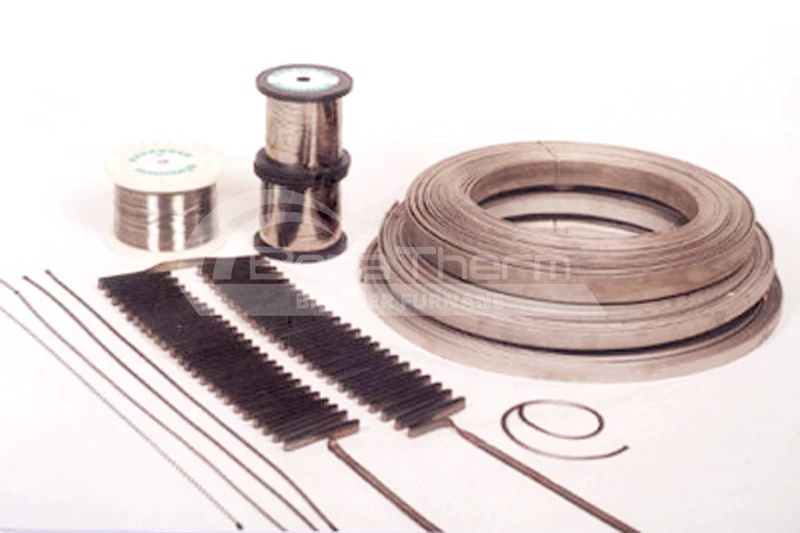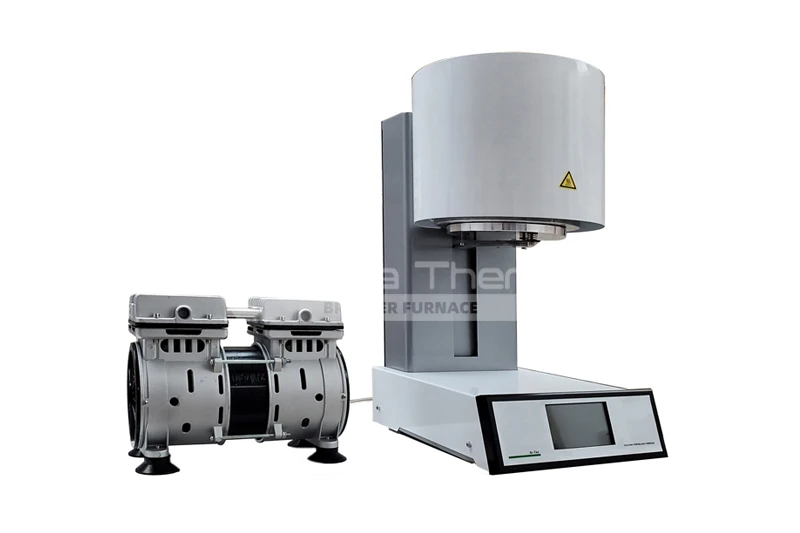Evolutionary History of Dental Sintering Furnace
In the long evolution of restorative dentistry, the dental sintering furnace,
as a key tool, has witnessed a magnificent transformation from traditional
craftsmanship to modern high-tech precision manufacturing.
From the initial simple heating equipment to today’s advanced system integrating intelligence, precision, and high efficiency, the evolution of the dental sintering furnace is not only the epitome of technological progress, but also a vivid depiction of the pursuit of perfection and continuous breakthroughs in the dental restoration industry.
As a professional manufacturer of dental sintering furnaces, Brother Furnace is also an important witness to the evolution of dental furnaces.
In this article, we will take you to review the important changes in dental sintering furnaces from its birth to their modernization, and explore the technological innovations, changes in market demand, and industry trends behind it.
Brother Furnace will help you deeply experience the indelible contribution of
dental furnaces in promoting the forward development of restorative
dentistry.
The Origin and Early Development of Dental Sintering Furnace
The dental sintering furnace, also known as the dental porcelain furnace, is an indispensable and critical piece of equipment in the fabrication of dental prosthetics. Its history can be traced back centuries.
Early dental prosthetics relied on hand-operated and simple firing equipment, which typically used open fires or kilns to fire the ceramics, with wood, coal, or natural gas as the primary fuel. Due to technological limitations, early equipment was very imprecise in temperature control, resulting in wide fluctuations in the quality of the finished denture.
With the gradual development of dental technology, preliminary temperature control systems began to appear in dental porcelain furnaces in the late 19th and early 20th centuries. These devices regulated temperature through mechanical or simple electrical devices, which improved sintering quality but were complicated to operate and less stable.
Technological Breakthroughs of the 20th Century: From Manual to Automation
The 20th century saw a huge technological leap in the design and manufacture
of dental furnaces as industrialization progressed. In the early part of the
20th century, electricity gradually replaced traditional combustion furnaces and
the use of electric heating elements allowed for more precise temperature
control. Especially in the middle of the 20th century, the combination of
resistance heating elements and thermostats made it possible to achieve more
precise temperature regulation in dental sintering furnaces.
Dental sintering furnaces of this period began to be equipped with a basic temperature control system that allowed them to be heated and held according to a set temperature profile. This improvement greatly improved the quality and consistency of sintering and met the demand for high-quality dentures at the time.
In the 1970s, with the development of microelectronics technology, the level of automation of dental porcelain ovens was further improved. Digital thermostats and programmed control systems were introduced, allowing the equipment to be preset with a variety of sintering procedures, making operation easier and more flexible.
During this period, vacuum technology also began to be applied to the dental sintering furnace, which further improved the aesthetics and durability of the dental furnace by removing air and preventing oxidation during the sintering process.
Innovation in the 21st Century: Intelligent and Multifunctional
Entering the 21st century, the technological development of dental porcelain sintering furnaces has entered a new stage. With the rapid development of computer technology, artificial intelligence. and material science, modern dental sintering furnaces are not only more diversified in function but also intelligent and automated in operation.
Taking the dental burnout furnaces from Brother Furnace as an example, the
dental furnaces are equipped with a highly intelligent control system that
enables precise parameter settings and real-time monitoring via a touch screen
or computer.
Advances in materials science have also brought new challenges and opportunities for the development of dental sintering furnaces. Modern dental burnout furnaces need to be able to handle a wide range of new materials such as zirconia, glass-ceramics, and high-performance polymers, which place higher demands on the temperature, time, and atmosphere of the sintering process.
As a result, today’s zirconia sintering furnaces are often equipped with a versatile sintering capability that can be adapted to the sintering needs of different materials and guarantee a high-quality end product.
Comparison of Traditional and Modern Dental Sintering Furnaces
In the comparison of the traditional and modern dental sintering furnaces, we can clearly see the great changes brought about by technological innovations.
Accuracy of temperature control: Early dental sintering furnaces had sloppy temperature control, relied on manual adjustment, and had large temperature fluctuations, resulting in unstable quality of the finished product. Modern dental ovens, however, are equipped with electronic temperature control systems and digital temperature controllers, which can accurately adjust the temperature in a very short period of time, ensuring temperature consistency at each sintering stage.
Degree of automation of operation: Traditional dental sintering furnace requires a lot of manual operation, which is complicated and prone to errors. Modern dental sintering furnaces through the program control system, to achieve fully automated operation, the user only needs to set the sintering parameters, and the equipment can automatically complete the entire sintering process, significantly improving production efficiency
Material compatibility and versatility: Traditional dental porcelain furnaces can only deal with a limited number of material types, and a single function. Today's dental porcelain sintering furnaces can handle a wide range of advanced materials and have a multifunctional design that provides customised sintering curves and environmental control according to the needs of different materials.
Brother Furnace Contributes to the Growth of the Dental Industry
With the aging of the population and the importance people place on oral
health, the dental market demand is growing. Market requirements for dental
prosthetic products do not stop at functionality but also focus more on
aesthetics, comfort. and durability. These demands have driven the continuous
innovation of dental materials and manufacturing technologies and also put
forward higher requirements for dental sintering furnaces.
As a leading brand in the industry, Brother Furnace, through continuous technological innovation and market acumen, continues to introduce dental sintering furnaces that meet the needs of modern denture fabrication. This not only enhances the market competitiveness of our products, but also further strengthens the leading position of Brothers Furnace in the global market.
Choosing Brother Furnace is not only a choice for high-quality products but also an investment in future market competitiveness. Let's work together towards a bright future in the dental industry.





